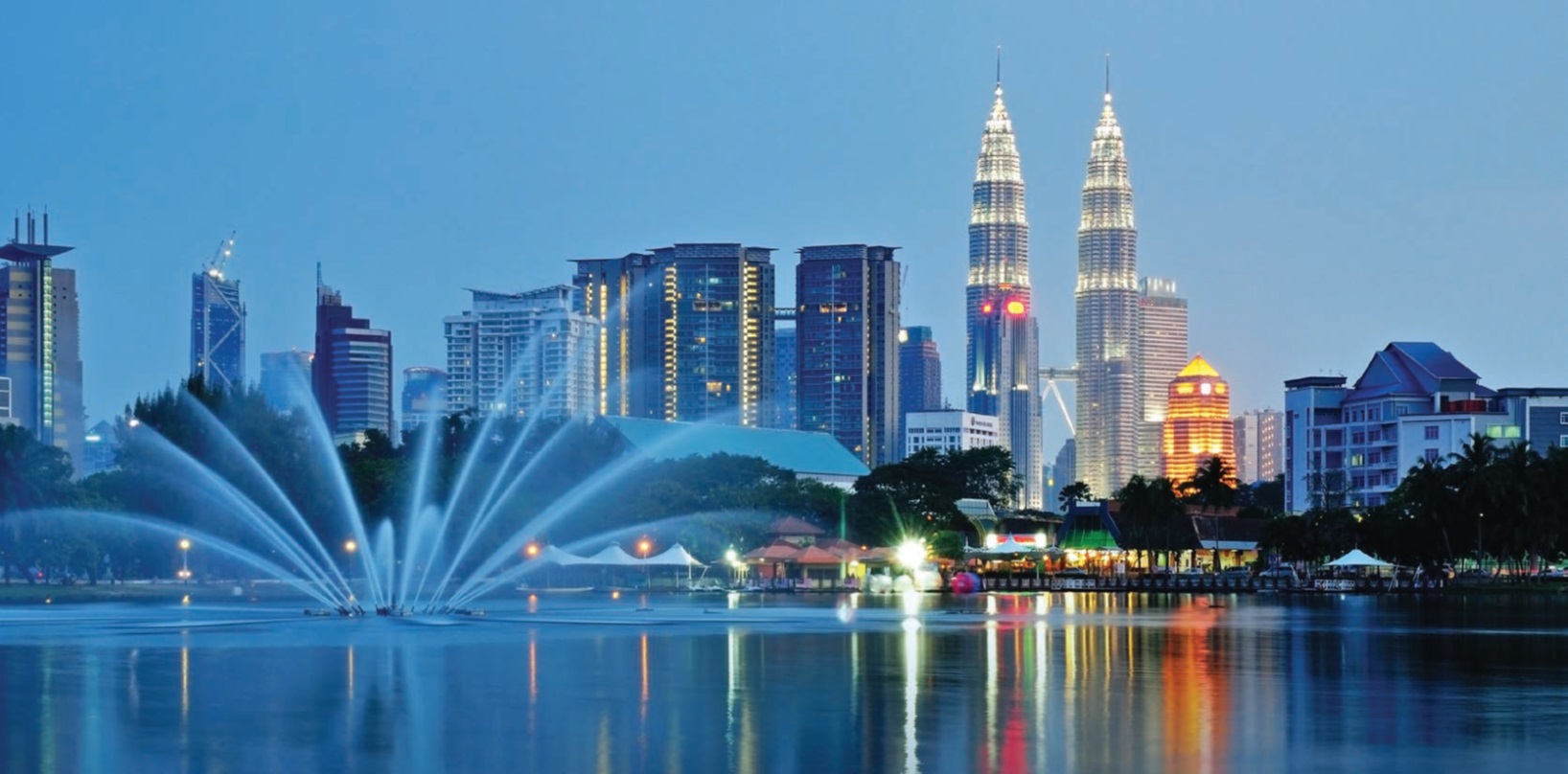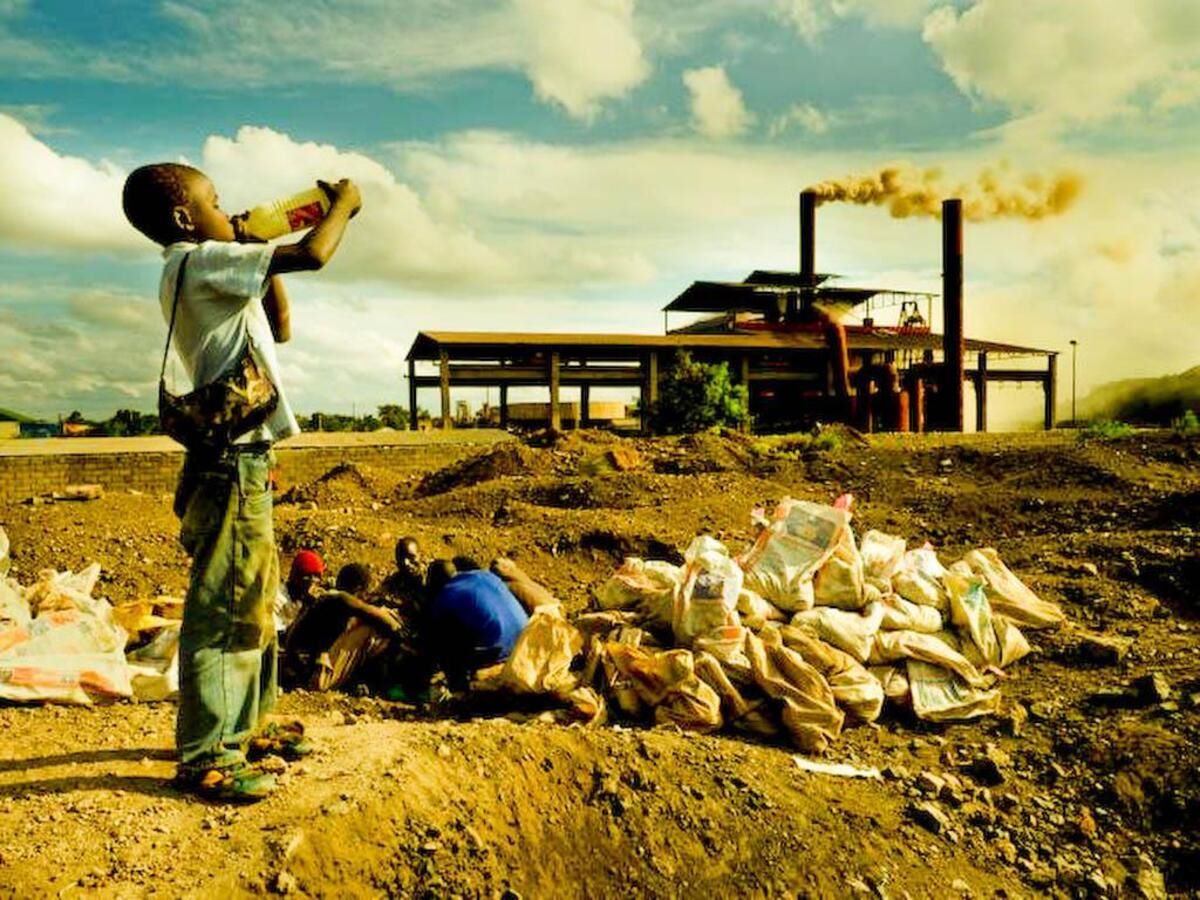
Welcome to the fascinating world of Malaysia! This Southeast Asian country is renowned for its stunning landscapes, rich cultural heritage, and warm hospitality. From vibrant cities to pristine rainforests, Malaysia offers a diverse range of experiences for travelers to immerse themselves in. In this article, we will delve into 43 interesting facts about Malaysia, uncovering its history, traditions, natural wonders, and more. Discover the iconic Petronas Twin Towers, savor the delicious flavors of Malaysian cuisine, explore the UNESCO-listed sites, and learn about the unique blend of cultures that make up the fabric of this extraordinary country. Whether you are planning a visit or simply curious about Malaysia, get ready to be enthralled by these captivating facts that showcase the beauty and allure of this enchanting nation.
Key Takeaways:
- Malaysia is a melting pot of diverse cultures, languages, and traditions, making it a vibrant and fascinating country to explore.
- From stunning natural landscapes to delicious street food and rich biodiversity, Malaysia offers a unique blend of modernity and cultural heritage for visitors to experience and enjoy.
Malaysia has a diverse cultural heritage.
With its rich blend of Malay, Chinese, Indian, and indigenous cultures, Malaysia is a melting pot of traditions, customs, and languages.
The official language is Bahasa Malaysia.
Bahasa Malaysia, also known as Malay, is the national language of Malaysia. English is widely spoken and recognized as a second language.
Malaysia is located in Southeast Asia.
Situated on the Malay Peninsula and the island of Borneo, Malaysia shares borders with Thailand, Indonesia, and Brunei.
Kuala Lumpur is the capital city.
Kuala Lumpur, often referred to as KL, is a vibrant and modern city known for its iconic Petronas Twin Towers.
Malaysia is known for its stunning natural landscapes.
From the breathtaking beaches of Langkawi to the lush rainforests of Borneo, Malaysia offers diverse and picturesque scenery.
The country has a tropical climate.
Malaysia experiences warm and humid weather throughout the year, making it an ideal destination for beach lovers and nature enthusiasts.
Malaysian cuisine is a fusion of flavors.
From spicy Malay dishes to Chinese noodles and Indian curries, Malaysia’s food scene is a delightful blend of flavors and culinary traditions.
The tallest twin towers in the world are in Malaysia.
The Petronas Twin Towers in Kuala Lumpur stand at a height of 452 meters and were once the tallest buildings in the world.
Malaysia is home to the oldest rainforest in the world.
The Taman Negara National Park is estimated to be at least 130 million years old, making it one of the most ancient rainforests on Earth.
Penang is a UNESCO World Heritage Site.
With its well-preserved colonial architecture and vibrant street art scene, the island of Penang is a cultural gem recognized by UNESCO.
Malaysia is a leading producer of palm oil.
Malaysia is one of the largest exporters of palm oil, a versatile and widely used vegetable oil found in many everyday products.
The national flower of Malaysia is the hibiscus.
Known as the Bunga Raya, the hibiscus symbolizes beauty, wealth, and the delicate balance of nature.
Malaysia has a rich biodiversity.
With its numerous national parks and wildlife reserves, Malaysia is home to a wide range of plant and animal species, including the endangered orangutans.
The famous Batu Caves are located near Kuala Lumpur.
The Batu Caves are a series of limestone caves and cave temples, attracting both tourists and religious devotees.
Malaysia celebrates various festivals and holidays.
From Hari Raya Aidilfitri and Chinese New Year to Deepavali, Malaysia embraces and celebrates its cultural diversity through colorful festivals.
The currency of Malaysia is the Malaysian Ringgit (MYR).
The Malaysian Ringgit is the official currency used in Malaysia, denoted by the symbol RM.
Malaysia has a thriving film industry.
The Malaysian film industry, known as “Bollywood of the East,” produces a wide range of films, including both local and international productions.
The Sepilok Orangutan Rehabilitation Centre is in Malaysia.
The Sepilok Orangutan Rehabilitation Centre in Sabah is dedicated to rehabilitating orphaned and injured orangutans before releasing them back into the wild.
Malaysia has a diverse range of traditional music and dance forms.
From the traditional Malay dances like joget and zapin to the Chinese lion dance and Indian Bharatanatyam, Malaysia’s cultural heritage shines through its performing arts.
The national sport of Malaysia is badminton.
Malaysia has produced world-class badminton players, including Lee Chong Wei, who has won multiple Olympic medals.
Malaysia is famous for its street food.
From Penang’s char kway teow to Kuala Lumpur’s nasi lemak, Malaysian street food is renowned for its bold flavors and affordability.
Malaysia has several world-class diving spots.
Popular dive sites like Sipadan Island and the Perhentian Islands offer stunning underwater landscapes teeming with marine life.
Malaysia is a multicultural and multireligious country.
The country’s diverse population encompasses various religions, including Islam, Buddhism, Hinduism, and Christianity.
Mount Kinabalu is the highest peak in Malaysia.
Located in Sabah, Mount Kinabalu stands at an impressive 4,095 meters and attracts climbers from around the world.
Malaysia has a progressive healthcare system.
The country is known for its quality medical facilities and attracts medical tourists seeking affordable healthcare services.
The durian is Malaysia’s infamous fruit.
The durian is known for its pungent smell and unique taste, often described as a mix of creamy custard and slightly rotten onions.
The national dish of Malaysia is nasi lemak.
Nasi lemak is a fragrant rice dish cooked in coconut milk and served with various accompaniments like sambal, fried anchovies, and boiled eggs.
Malaysia has hosted the Formula 1 Grand Prix.
From 1999 to 2017, Malaysia held the annual Formula 1 race at the Sepang International Circuit.
Malaysia is known for its hospitality.
The warm and friendly nature of Malaysians has earned the country a reputation for its hospitality towards visitors.
The Sarawak Cultural Village showcases the indigenous cultures of Malaysia.
Located in Sarawak, this living museum offers insights into the rich cultural heritage of the diverse indigenous communities in Malaysia.
Malaysia is home to the world’s largest cave chamber.
The Sarawak Chamber in Gunung Mulu National Park is a colossal underground chamber capable of accommodating several Boeing 747 airplanes.
Malaysia has a strong tradition of batik art.
Batik is a traditional textile art form in Malaysia, characterized by intricate patterns and designs created using wax and dye.
The Orang Asli are the indigenous people of Malaysia.
The Orang Asli, which translates to “original people,” are diverse indigenous groups with their own distinct languages, customs, and traditions.
The Petronas Towers were designed by an Argentinian architect.
César Pelli, an acclaimed Argentinian architect, was responsible for the design of the iconic Petronas Towers in Kuala Lumpur.
Malaysia is a popular destination for medical tourism.
With its high-quality healthcare facilities and affordable medical services, Malaysia attracts patients from around the world seeking various treatments.
Malaysia is home to numerous beautiful islands.
From the idyllic beaches of Langkawi to the pristine marine parks of Redang and Tioman, Malaysia offers a tropical paradise for beach lovers.
The traditional Malay dress is called the Baju Kurung.
The Baju Kurung is a loose-fitting two-piece outfit worn by both men and women in Malaysia, reflecting the cultural identity of the Malay community.
Malaysia has one of the world’s tallest flagpoles.
The Johor Bahru City Square in Johor houses a flagpole that stands at a towering height of 131.2 meters.
The Cameron Highlands in Malaysia are known for tea plantations.
The Cameron Highlands are famous for their scenic tea plantations, where visitors can enjoy breathtaking views and indulge in tea tastings.
Malaysia has a strong presence in the global rubber industry.
The country is one of the top rubber producers and exporters, supplying rubber for various industries worldwide.
The traditional Malay art of shadow puppetry is called Wayang Kulit.
Wayang Kulit involves intricate handcrafted puppets made from buffalo hide and is accompanied by traditional music and storytelling.
Malaysia has a diverse array of traditional handicrafts.
From batik textiles and wood carvings to silverware and rattan products, Malaysia showcases its craftsmanship through a wide range of traditional handicrafts.
Malaysia has a UNESCO-listed archaeological site.
The Lenggong Valley in Perak is designated as a UNESCO World Heritage Site, housing ancient archaeological evidence of early human settlements in Malaysia.
Conclusion
In conclusion, Malaysia is a diverse and fascinating country with a rich cultural heritage, stunning natural landscapes, and a vibrant mix of old and new. From its bustling cities to its pristine beaches, Malaysia offers something for every traveler. Whether you are exploring the bustling streets of Kuala Lumpur, immersing yourself in the cultural charm of Penang, or venturing into the lush rainforests of Borneo, Malaysia is sure to captivate you with its beauty and charm. With its warm hospitality, delicious cuisine, and fascinating cultural experiences, Malaysia is a destination that should be on everyone’s travel list.
FAQs
1. What is the official language of Malaysia?
The official language of Malaysia is Malay (Bahasa Malaysia), but English is widely spoken and understood.
2. What is the currency used in Malaysia?
The currency used in Malaysia is the Malaysian Ringgit (MYR).
3. Is Malaysia a safe country to visit?
Yes, Malaysia is considered a safe country for tourists. However, like in any other destination, it’s advisable to take common precautions and be aware of your surroundings.
4. Do I need a visa to visit Malaysia?
Visa requirements for Malaysia vary depending on your nationality. Some countries are eligible for visa-free entry, while others need to obtain a visa before traveling. It’s best to check with the Malaysian embassy or consulate in your country for specific visa requirements.
5. What are some must-visit places in Malaysia?
Some popular attractions in Malaysia include the Petronas Twin Towers in Kuala Lumpur, the historic city of Malacca, the stunning Cameron Highlands, the beautiful Langkawi Island, and the exotic wildlife of Borneo.
6. What is the best time to visit Malaysia?
The best time to visit Malaysia depends on the region you plan to visit. Generally, the dry season from May to September is a good time to explore most parts of the country. However, it’s worth noting that Malaysia experiences a tropical climate, so be prepared for occasional rain showers throughout the year.
Malaysia's captivating culture, stunning landscapes, and vibrant cuisine make it a truly fascinating country. From the iconic Petronas Towers to the ancient rainforests, there's no shortage of interesting facts about this Southeast Asian nation. If you're curious to learn more, why not explore the National Library of Malaysia, where you can uncover a wealth of knowledge? Or, if you're interested in religious architecture, the National Mosque of Malaysia, Masjid Negara, is sure to impress with its unique design and historical significance. And for those who love to travel, discovering surprising facts about Malaysia Airlines might just inspire your next adventure.
Was this page helpful?
Our commitment to delivering trustworthy and engaging content is at the heart of what we do. Each fact on our site is contributed by real users like you, bringing a wealth of diverse insights and information. To ensure the highest standards of accuracy and reliability, our dedicated editors meticulously review each submission. This process guarantees that the facts we share are not only fascinating but also credible. Trust in our commitment to quality and authenticity as you explore and learn with us.


